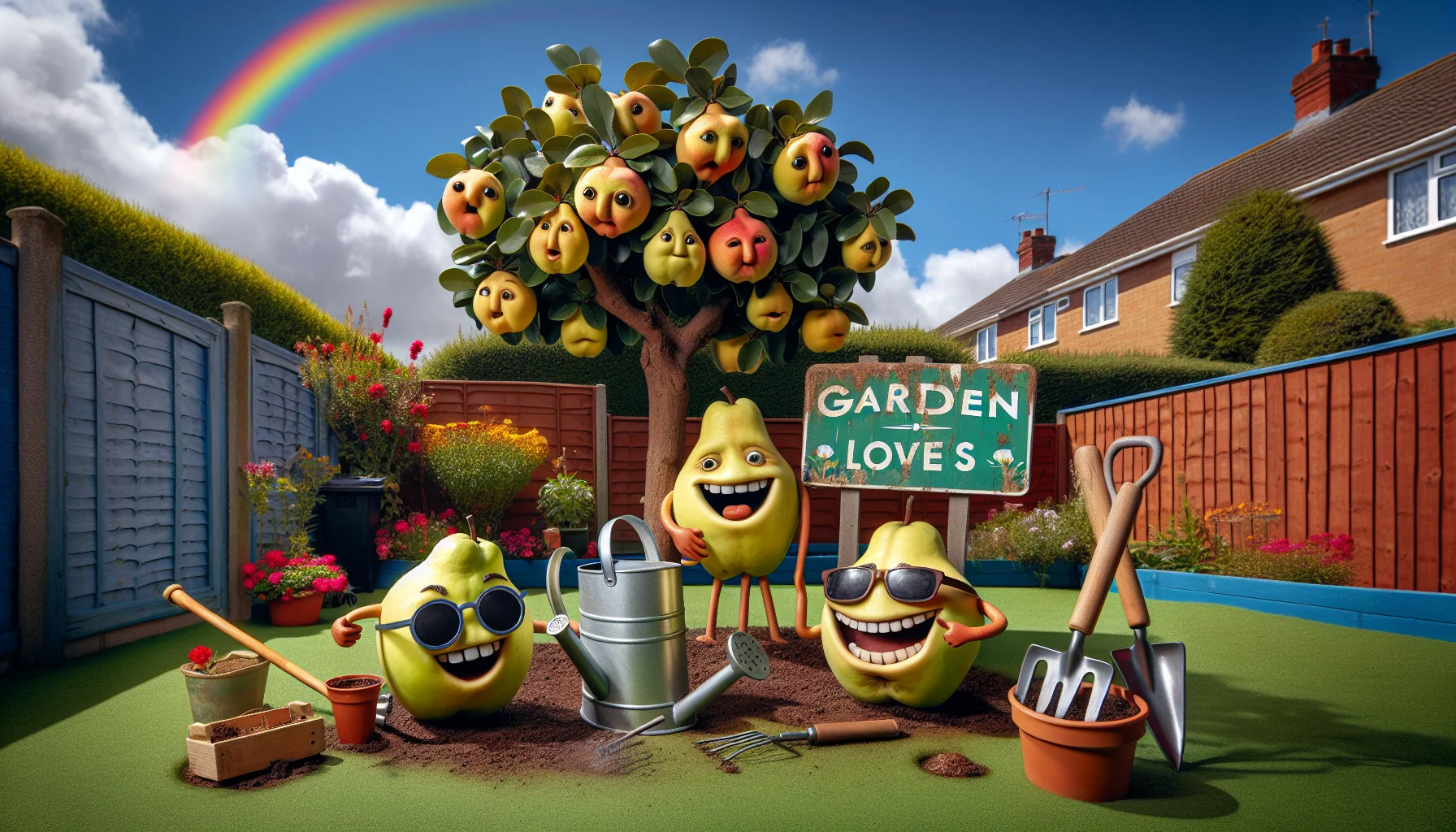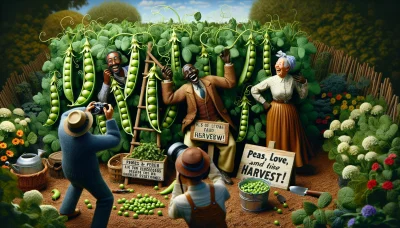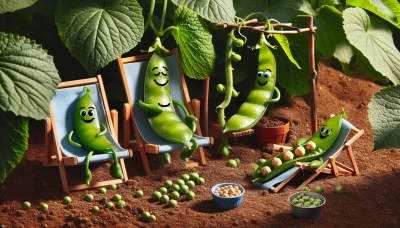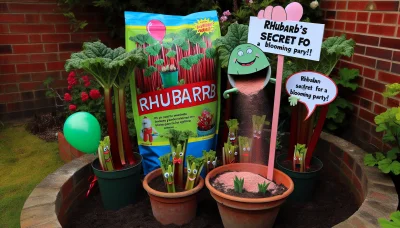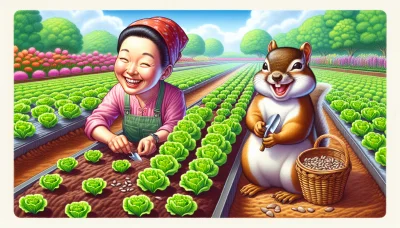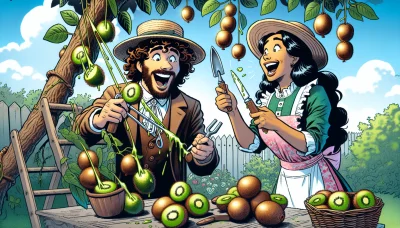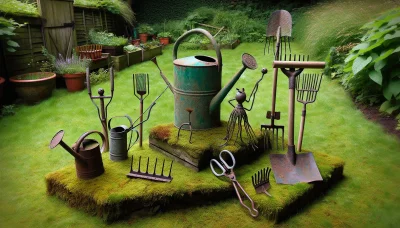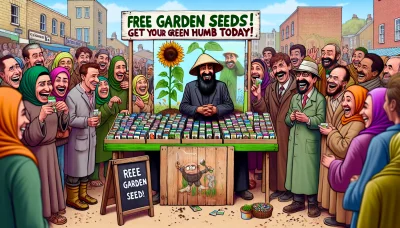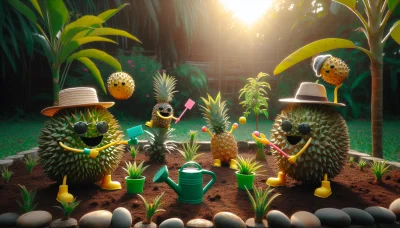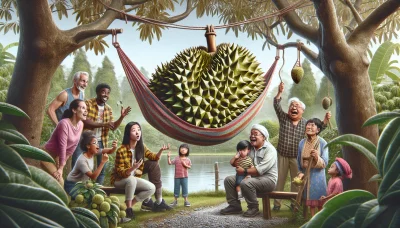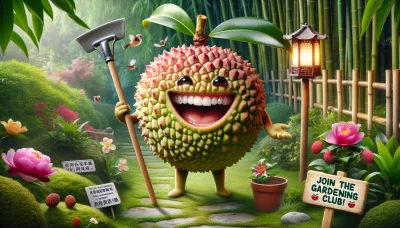Cydonia oblonga Quiz
Test Your Knowledge
Question of
Introduction to Cydonia oblonga
Cydonia oblonga, commonly known as quince, is a fruit-bearing deciduous tree that belongs to the Rosaceae family, which also includes apples and pears. Quince is highly valued in gardening, not only for its aromatic, pear-shaped fruits but also for its ornamental qualities. The tree blooms with beautiful pinkish-white flowers in spring, making it an attractive addition to gardens. The fruits of the quince tree are known for their unique flavor and are often used in cooking and making jams. Due to its hardiness and relatively low maintenance, Cydonia oblonga has become a favored choice among gardeners looking to add both aesthetic appeal and practicality to their landscapes.
The History of Cydonia oblonga
Cydonia oblonga, commonly known as the quince, has a rich history that dates back to ancient times. Originating from the Caucasus region, its cultivation spread across the Near East, the Mediterranean, and eventually to Western Europe. Esteemed by ancient civilizations, the quince was a symbol of love, fertility, and immortality in various cultures. It was highly valued in ancient Greece and Rome, not only for its unique flavor and aroma but also for its medicinal properties. The fruit was often used in weddings and was thought to be dedicated to Venus, the goddess of love. Over the centuries, Cydonia oblonga has been cultivated for its fruit, which is used in a variety of culinary dishes, and its ornamental beauty in gardens. Despite being less common in modern diets, the quince holds a significant place in the culinary history of many cultures.
Cultivating Cydonia oblonga
- Selection of Planting Location: Choose a sunny spot with well-draining soil. Cydonia oblonga prefers a pH between 6.0 and 7.0.
- Soil Preparation: Amend the soil with compost and well-rotted manure to improve fertility and texture.
- Planting: Plant in the late winter or early spring. Dig a hole twice the size of the root ball, place the plant ensuring the graft is above soil level, backfill with soil, and water thoroughly.
- Watering: Keep the soil consistently moist but not waterlogged, especially during the first few years and in dry periods.
- Mulching: Apply a layer of organic mulch around the base to retain moisture, regulate soil temperature, and suppress weeds.
- Feeding: Fertilize with a balanced fertilizer in early spring and again in mid-summer to support growth and fruit production.
- Pruning: Prune in late winter to maintain shape, remove any dead or diseased wood, and encourage airflow within the canopy.
- Pest and Disease Management: Monitor for common pests and diseases. Use appropriate organic or chemical controls as necessary.
- Harvesting: Harvest fruits in late autumn when fully ripe. Cydonia oblonga fruits are hard and require cooking to be edible.
- Winter Care: In colder regions, protect the base of the plant with a thick layer of mulch to prevent freezing.
Ideal Conditions for Growing Cydonia oblonga
Cydonia oblonga, commonly known as the quince tree, thrives in a climate that is warm and sunny, but it can also tolerate cooler temperatures. It prefers a well-drained soil that is rich in organic matter, with a pH range of 6.0 to 7.5. While it can adapt to various soil types, including clay, loam, or sandy soil, ensuring good drainage is crucial to prevent root diseases. Quince trees require full sun exposure for optimal growth and fruit production, meaning they should receive at least six hours of direct sunlight each day. Adequate spacing is also important to allow for air circulation and to reduce the risk of disease.
Pest and Disease Management for Cydonia oblonga
Cydonia oblonga, commonly known as quince, is susceptible to a variety of pests and diseases that can significantly impact its growth and fruit production. Among the most common pests are the codling moth and fruit tree borer, which target the fruit and trunk, respectively. Effective management includes regular monitoring for signs of infestation, the use of pheromone traps for codling moths, and applying suitable insecticides when necessary. Diseases such as fire blight and quince rust also pose significant threats, with symptoms including wilting and blackening of branches for the former and orange spots on leaves and fruit for the latter. To manage these diseases, gardeners should ensure proper sanitation by removing and destroying infected plant parts, avoiding overhead watering to reduce moisture on foliage, and applying fungicides as a preventive measure during susceptible periods. Implementing an integrated pest management strategy that combines cultural, biological, and chemical methods can effectively reduce the impact of pests and diseases on Cydonia oblonga.
Uses of Cydonia oblonga
-
Culinary Uses:
- The fruit can be eaten raw or cooked, often used in jellies, jams, and preserves due to its high pectin content.
- Quince paste, also known as membrillo, is a popular accompaniment to cheese.
- The fruits are used in desserts, such as pies and tarts, imparting a unique flavor and aroma.
- Quince can also be poached, stewed, or baked, serving as a sweet or savory dish component.
-
Medicinal Uses:
- Traditionally used to treat digestive disorders, including ulcers and inflammation.
- Quince syrup is sometimes used for its expectorant properties, helping to relieve coughs.
- The seeds, when soaked in water, form a gel that can be applied externally to soothe skin irritations and injuries.
- Rich in vitamins and antioxidants, the fruit is believed to boost the immune system and improve overall health.
Cydonia oblonga: A Gardener's Guide
| Aspect | Details |
|---|---|
| Planting Season | Early Spring |
| Soil pH | 6.0 to 7.5 |
| Watering Needs | Regular watering, more frequent during dry spells |
| Harvest Time | Late Autumn |
